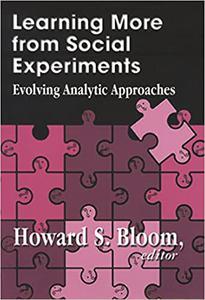 Howard S. Bloom, "Learning More from Social Experiments: Evolving Analytic Approaches"
Howard S. Bloom, "Learning More from Social Experiments: Evolving Analytic Approaches"English | 2005 | pages: 264 | ISBN: 0871541270, 0871541335 | PDF | 0,7 mb
Policy analysis has grown increasingly reliant on the random assignment experiment―a research method whereby participants are sorted by chance into either a program group that is subject to a government policy or program, or a control group that is not. Because the groups are randomly selected, they do not differ from one another systematically. Therefore any differences between the groups at the end of the study can be attributed solely to the influence of the program or policy. But there are many questions that randomized experiments have not been able to address. What component of a social policy made it successful? Did a given program fail because it was designed poorly or because it suffered from low participation rates? In Learning More from Social Experiments, editor Howard Bloom and a team of innovative social researchers profile advancements in the scientific underpinnings of social policy research that can improve randomized experimental studies. Using evaluations of actual social programs as examples, Learning More from Social Experiments makes the case that many of the limitations of random assignment studies can be overcome by combining data from these studies with statistical methods from other research designs. Carolyn Hill, James Riccio, and Bloom profile a new statistical model that allows researchers to pool data from multiple randomized-experiments in order to determine what characteristics of a program made it successful. Lisa Gennetian, Pamela Morris, Johannes Bos, and Bloom discuss how a statistical estimation procedure can be used with experimental data to single out the effects of a program's intermediate outcomes (e.g., how closely patients in a drug study adhere to the prescribed dosage) on its ultimate outcomes (the health effects of the drug). Sometimes, a social policy has its true effect on communities and not individuals, such as in neighborhood watch programs or public health initiatives. In these cases, researchers must randomly assign treatment to groups or clusters of individuals, but this technique raises different issues than do experiments that randomly assign individuals. Bloom evaluates the properties of cluster randomization, its relevance to different kinds of social programs, and the complications that arise from its use. He pays particular attention to the way in which the movement of individuals into and out of clusters over time complicates the design, execution, and interpretation of a study. Learning More from Social Experiments represents a substantial leap forward in the analysis of social policies. By supplementing theory with applied research examples, this important new book makes the case for enhancing the scope and relevance of social research by combining randomized experiments with non-experimental statistical methods, and it serves as a useful guide for researchers who wish to do so.



![S.T.A.L.K.E.R. 2 / STALKER 2: Heart of Chornobyl - Ultimate Edition (2024) [+UPDATE 23.12.2024 - v1.1.3] ElAmigos / Polska wersja językowa](https://i.postimg.cc/Zqd8RWGY/UZG8PBE.jpg)



































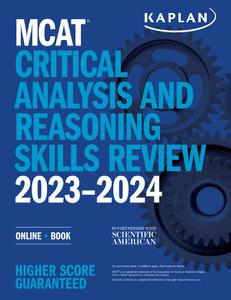


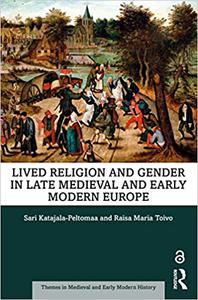
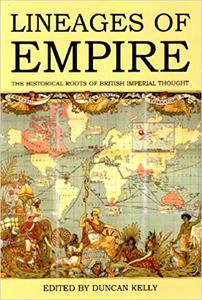
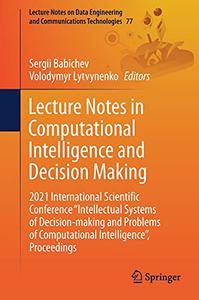


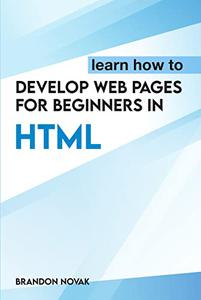







![David Gilmour - Luck and Strange (2024) [FLAC]](https://i.imgur.com/everaBc.jpeg)
![Męskie Granie Orkiestra - Męskie Granie 2024 (2024) [FLAC]](https://i.imgur.com/FAyOxrM.jpeg)
![The Rolling Stones - Hackney Diamonds (2023) [FLAC]](https://i.imgur.com/wCkyyUN.jpg)
![Lady Gaga - Harlequin (2024) [FLAC]](https://i.imgur.com/dcgIA8D.jpeg)
![Natalia Kukulska - Dobrostan (2024) [FLAC]](https://i.imgur.com/bdljG3O.jpeg)
![Kaśka Sochacka - Ta druga (2024) [FLAC]](https://i.imgur.com/hORQKvn.jpeg)
![Kuba Sienkiewicz - Pani Bóg (2024) [FLAC]](https://i.imgur.com/qijCx8Z.jpeg)
![Lanberry - Heca (2024) [FLAC]](https://i.imgur.com/8P7QfeR.jpeg)
![Sara James - PLAYHOUSE (2024) [FLAC]](https://i.imgur.com/m4f8OKg.jpeg)
![Grzegorz Hyży - EPILOG (2024) [FLAC]](https://i.imgur.com/8DA2sBr.jpeg)
![Myslovitz - WIECZORAMI CHŁOPCY WYCHODZĄ NA ULICE (2024) [FLAC]](https://i.imgur.com/l9mMtIG.jpeg)
![Krzysztof Zalewski - ZGŁOWY (2024) [FLAC]](https://i.imgur.com/vh48RAc.jpeg)
![Krzysztof Cugowski - Wiek to tylko liczba (2024) [FLAC]](https://i.imgur.com/SBzgqe2.jpeg)
![Nosowska - Kasia i Błażej (2024) [FLAC]](https://i.imgur.com/mObvVXQ.jpeg)
![sanah - Pianinkowe Kaprysy (2024) [FLAC]](https://i.imgur.com/pVjjPAa.jpeg)
![Kwiat Jabłoni - Pokaz slajdów (2023) [FLAC]](https://i.imgur.com/diERHfZ.jpg)
![Robert Cichy - Spacer po Warszawie (2024) [FLAC]](https://i.imgur.com/ixleU9o.jpeg)
![Viki Gabor - Terminal 3 (2024) [FLAC]](https://i.imgur.com/Q1KCnDs.jpeg)
![Sanah - Kaprysy (2024) [FLAC]](https://i.imgur.com/71OZm4h.jpeg)
![Męskie Granie Orkiestra - Męskie Granie 2023 (2023) [FLAC]](https://i.imgur.com/U4YHo8d.jpg)




